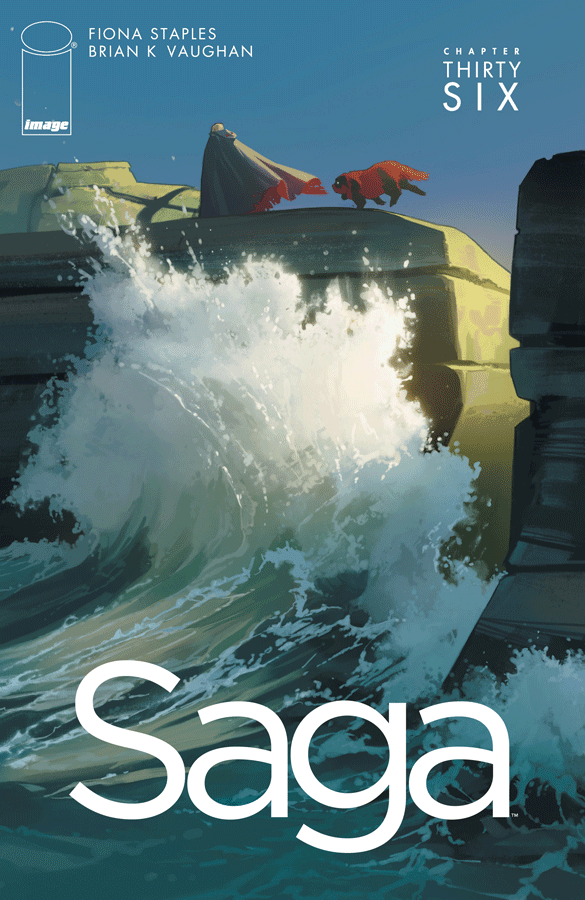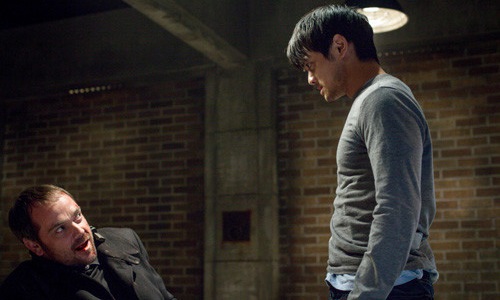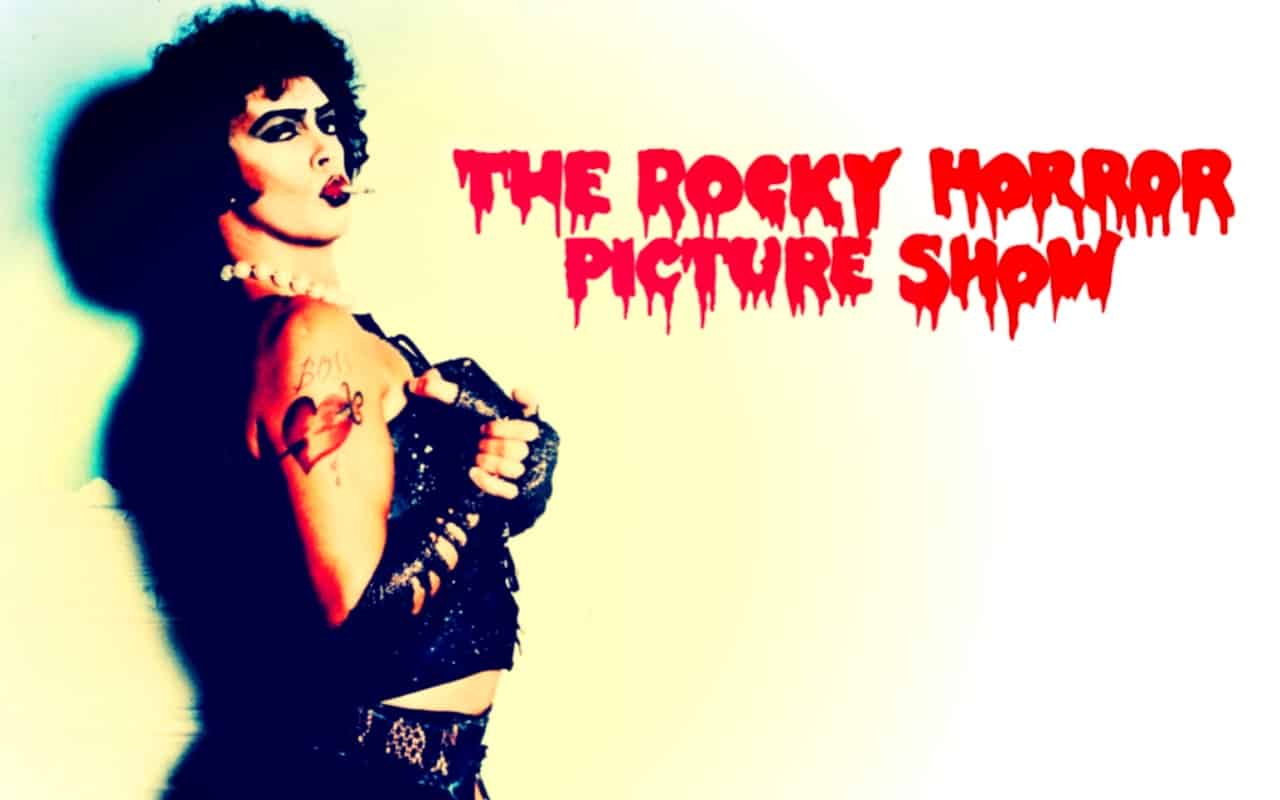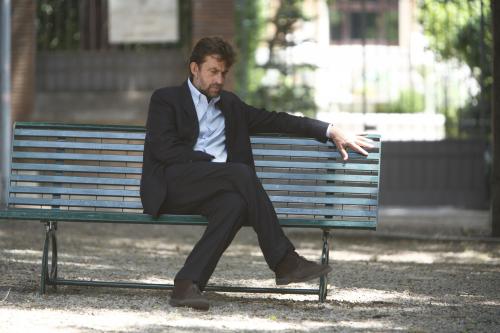Saga #36
Story by Brian K. Vaughan
Art by Fiona Staples
Letters by Fonografiks
Coordinated by Eric Stephenson
Published by Image Comics
Saga #36 is the epic conclusion to the “Prison” story arc in which action ensues and more than one heart string gets tugged. This issue turned out to be both satisfying and unsatisfying at the same time.
For this arc, Fiona Staples switched up the formula by adding detailed environments to the covers instead of just plain single color backgrounds. This cover just might be the best of the bunch. The life-like detail of the wave crashing against the rocks invokes a sense of awe, almost like a photograph of an actual ocean. Even the miniscule figures of The Will and Sweet Boy are picturesque. At this point, Staples’ art could challenge any artist featured in a high-brow gallery, and if snobs out there drop their champagne glasses and cheese plates at this statement, all the better.
As always, Staples’ interiors are some of the best in the biz. The imaginative, alien-yet-human design of characters are detailed, highly expressive, and unlike anything else being done; scenery is just as good, with the same fantastic yet familiar quality. Also demonstrated here is Staples’ ability to draw action sequences. They are precise, clear, and have a sense of movement. In a time where too many action sequences are confusing, both on-screen and in comics, it’s nice to see an artist compose them so that the audience can understand what’s going on and enjoy.
Most stunning of all is Staples’ emotional expressiveness. As I’ve said in past reviews, it’s amazing how these alien creatures can feel so human, not just in a pseudo-human physicality with recognizable appendages (I dare you to say that five times fast), but also their emotional reactions. These characters, even when they’re not recognizably human, cry, smile, and scowl like we do. With precision of facial features, Staples makes their emotions come out clearer than crystal. It’s not just what’s on their faces though. Body language also does its fair amount of work. In probably the most emotionally powerful splash page of the series so far, two characters’ faces are hidden, but their body language and spacial closeness to one another radiates their love for each other. Driving home this scene are Fonografiks’ letters that, with their prose-like simplicity, feels personal. No spoilers, but, guaranteed, this scene will pull at aforementioned heart strings until they snap like a guitar and require some one hour pillow-cry time. Tough readers will only need half.
As always, Brian K. Vaughan’s script masterfully balances action, world-building, and character drama. Marko, Alana, Hazel, and all the cast stick out, but most memorable is Ghus who proves to be every bit as awesome and butt-kicking as The Will himself. A lot of statues quo gets shaken up, character arcs go off into unsuspected directions, and the ending page is a major game changer that will rock off more than one pair of socks.
Emotionally, this issue was a bit of a surprise. Many probably know BKV as the George RR Martin of comics, duping readers into loving and caring for characters like their own friends, only to viciously slaughter them and feast upon the readers’ tears while cackling like the sadistic @#$! that he is. However, in this issue, the story arc concludes on a rather upbeat note. Initially, this was disappointing. For those who’ve become so numb to the soul-crushing moments of the series to the point they love it, the lack of bloodshed felt as though something was missing, making the upbeat ending feel kind of hokey.
The unresolved thematic elements were also disappointing. This entire arc has explored issues of gender and racial politics, especially as they pertain to prejudice. Those just seem to go right out of the window without any proper wrap up. For those that found these themes interesting, this issue is unsatisfactory.
However, a new and very powerful theme is brought up as contextualized by the upbeat ending. In her narration, grown-up Hazel rants that death is predictable and the best way to approach life is to embrace it, especially those moments that make us feel, well, alive. Maybe this is Vaughan responding to past critiques that death is predictable in Saga, so he’s decided to give readers something better: Hope. Whether this is a genuine new philosophy for the series, or a pause before Vaughan brings down the inevitable feels hammer on unsuspecting heads, it’s a genuine moment of happiness free of the undercurrent of death, and perhaps readers should embrace it. It’s a simple, cliched, and yet satisfying theme.
Saga #36 is a wonderful, suspenseful conclusion to an emotionally-charged story arc. Despite some themes going unresolved, the gorgeous art and life-affirming message will resonate with readers. Highly recommended.





